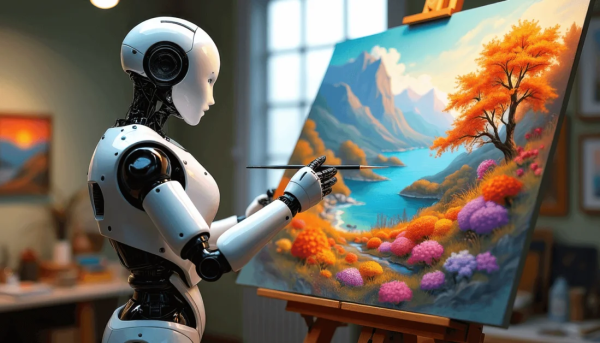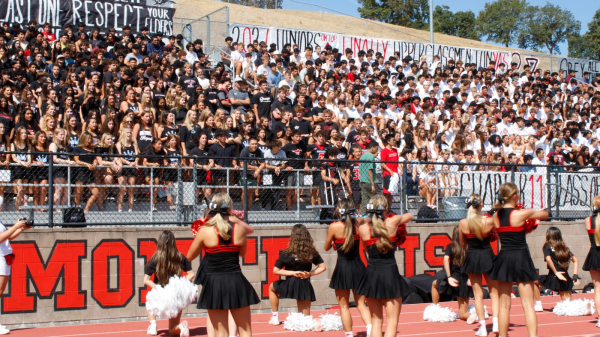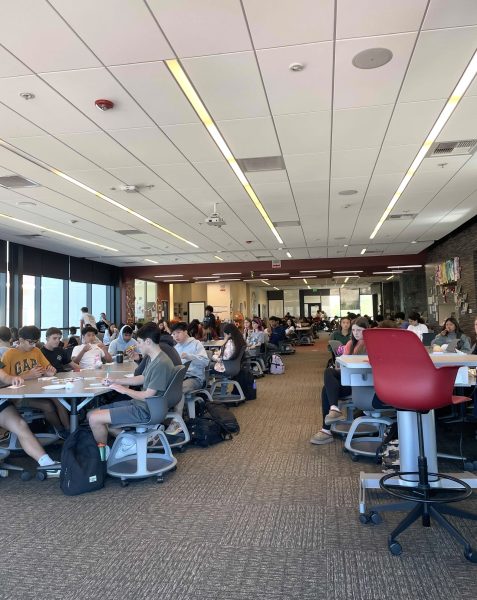The Journey of Skate Culture

Courtesy to Evan Schiefelbine on sml wheels
37 year-old Drake Jones skating through the San Francisco streets during the summer.
“Skate or die!” Teens shout at one another while riding their tattered skateboards.
From the blisteringly hot streets of Los Angeles to the cool beaches of Santa Barbara, skate culture was born in the heart of Southern California.
Originating in the 1950s, skateboarding became a new hobby for surfers, aside from riding the waves. Skating not only morphed into complex tricks and unique spin moves, but it also had the ability to capture the urban vibe of Southern California street lifestyle perfectly. It could’ve been the warm weather or LA’s street style, but skateboarding took over Southern California completely.
When the ‘60s and ‘70s rolled around, skateboarding became a time filled with exhilaration. Surf companies started to brand and sell high-quality skateboards in California, and the sport took off. With an already impressive mass of followers, the changes and innovations to skateboarding were only beginning. Companies were starting to manufacture parts to reinvent a modern version of the skateboard. With the introduction of new composite wheels made of clay, the smooth traction and speed made skaters feel unstoppable, giving the sport a huge boost.
While skate culture continued to grow, there were multiple influences that contributed to the sport. One in particular being music, which became a huge part of skate culture as soon as the 1980s rolled around. Local Southern California punk bands such as the Big Boys, Suicidal Tendencies, and JFA (Jodie’s Foster Army), took over skate culture completely. As teens rolled through empty swimming pools and down steep inclines, they cranked up these local tunes, creating what is formally known as the “skate-punk movement.” With palm trees swaying in the ocean breeze, punk music played loudly, as sand crunched beneath the boards of skaters. Presumably, this may have seemed like the golden era of skateboarding, but it hadn’t quite begun just yet.
The golden era of skateboarding didn’t blossom until the early 1990s, lasting all the way until the late 2000s. This was a time when the shape of regular skateboards changed dramatically, and skaters took over the factors of production of skate culture. While the sport continued to evolve dramatically, the mainstream media started to open its eyes to the sport, seeing it as a form of broadcast entertainment.
Skateboard entertainment lasted ten years before channels, such as FOX, captivated other action sports, where all skating shows were canceled. With the popularity of the sport slowly starting to decline, teens were less interested in skateboarding, so it was no longer entertaining to them.
In the United States, a rapid decline in popularity of the sport means fewer dollars for skate companies. A vast reduction in demand for skate supplies will continue to result in a rapid decline in skateboarding popularity and sales.

Tatum McNichols is a senior at Monte Vista who will spend her first year on The Stampede as a Staff Writer....






